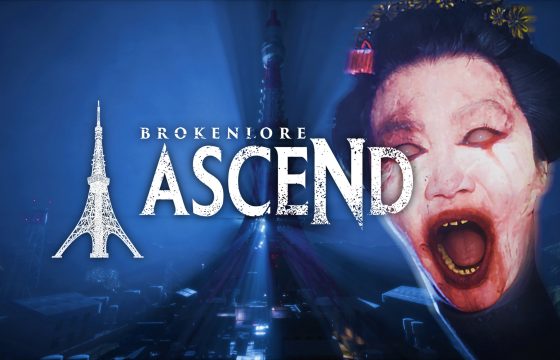MachineGames delivers a Spielberg-worthy adventure, rich with breathtaking vistas, yet undermined by uninspired combat and weak stealth mechanics.
MachineGames’ latest title, produced by Todd Howard—a devoted fan of the franchise—and overseen by Lucasfilm, seemed to have all the ingredients to bring Dr. Jones back to the gaming world in grand style. Half the goal is achieved: the narrative flows smoothly, enriched by characters perfectly in tune with the classic “Indy” atmosphere—a quality often missing from Disney’s recent franchises. However, once the initial excitement wears off, notable flaws emerge: the gameplay feels underdeveloped, overly simplified, and at times frustrating, with limited alternative approaches and artificial difficulty spikes.
Let’s delve into the details of Indy’s latest adventure…
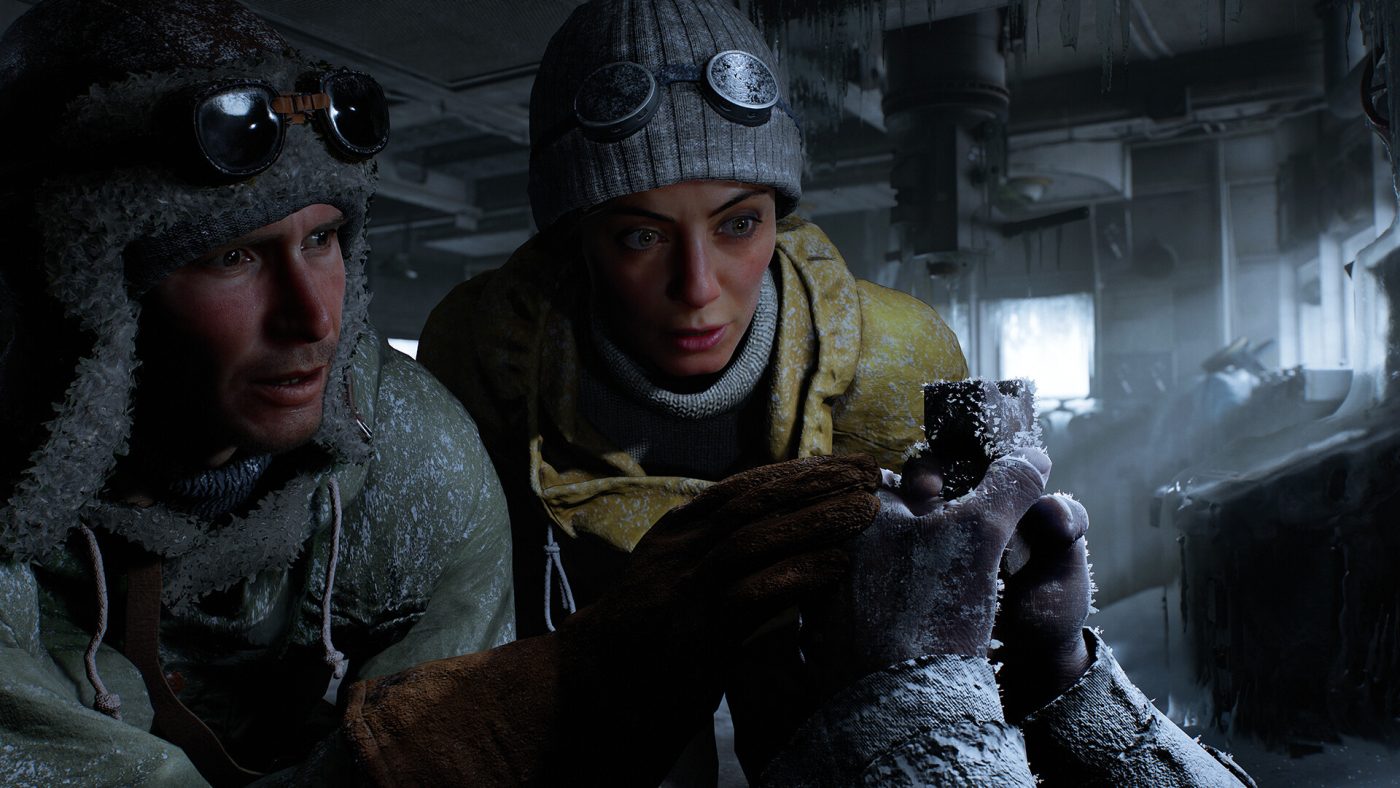
A Spielberg-Worthy Narrative
Indiana Jones and the Great Circle draws from the finest elements of the Indy universe, placing itself squarely midway through the original trilogy, just after Raiders of the Lost Ark. The iconic golden idol sequence is recreated with flawless precision, while the tutorial set at Marshall College runs perfectly, highlighting the meticulous care invested in both direction and script.
Across richly detailed locations—from the Vatican to Egypt, the Himalayas, and beyond—we meet deeply developed characters:
- Archaeologist Voss, a manipulative and unstable antagonist, evoking echoes of Frau Engel (Wolfenstein) and the villain from The Crystal Skull;
- Gina Lombardi, a mysterious reporter with a tumultuous past—voiced with energy and charm by Alessandra Mastronardi, who renders her utterly captivating—driven by a relentless determination to find her missing sister.
Special mention goes to the portrayal and animation of Mussolini, crafted with exceptional care to deliver memorable sequences in the Vatican level. And then there’s him: Indiana Jones, modeled after the iconic Harrison Ford and masterfully voiced by the excellent Troy Baker (known for Revolver Ocelot, Joel, and Higgs). Bringing Indy back to his original glory was no easy feat, but narratively, the team has thoroughly succeeded.
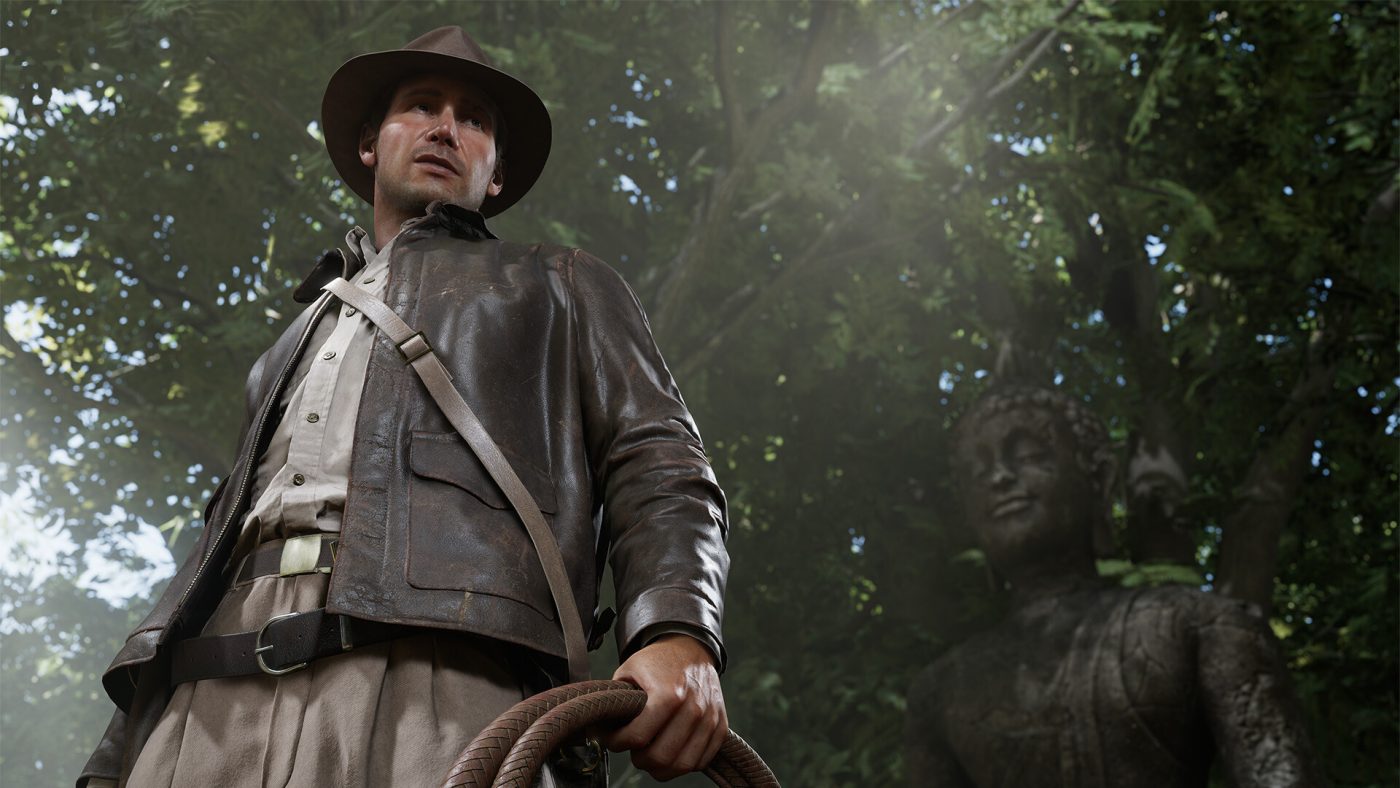
Gameplay Not Up to MachineGames’ Usual Standards
If there’s one aspect where Indiana Jones and the Great Circle unequivocally falters, it’s the core gameplay: combat, firearms, and stealth feel like they’re drawn from three separate games, none fully polished.
Melee combat, the beating heart of the experience, devolves into a repetitive flurry of light and heavy punches—far removed from the agility and resourcefulness that define Indy on the big screen. Even the simplest enemies often absorb five hits without responding credibly: no dodges, no meaningful counters—just a stun animation leading to their inevitable downfall.
The firearms mechanics fare no better. While the attempt to evoke the gritty feel of the original trilogy was commendable, the guns come across as underpowered and unsatisfying. For a studio renowned for the robust gunplay of Wolfenstein, the weak stopping power and lackluster feedback are glaring. Engaging in gunfights quickly becomes a fruitless endeavor—ammunition is wasted without delivering any tangible advantage. Such a careless approach to weapon handling is frankly unacceptable.
Stealth is stripped down to its bare essentials: hide, grab an improvised weapon, and take out your target from behind. Unfortunately, the AI behaves like clockwork: guards adhere to fixed routines, ignore distractions, and won’t even investigate when objects are thrown to divert their attention. If you’re spotted and try to confront them head-on, death is nearly instantaneous—the game simply doesn’t accommodate this style, resulting in frustrating trial-and-error sequences.
Fortunately, the exploration segments succeed in redeeming the experience. From temples and pyramids to Vatican catacombs and the snow-capped Himalayas, MachineGames demonstrates obsessive attention to environmental detail: frescoed vaults, intricately designed corridors, and breathtaking vistas that invite lingering admiration. Environmental puzzles, often revolving around whip use and Indy’s acrobatics, are generally well balanced—rarely confusing, never insurmountable. In these moments, the adventure recaptures the pulpy magic of ancient ruins, deadly traps, and secret passages that fans expected from the return of Dr. Jones.
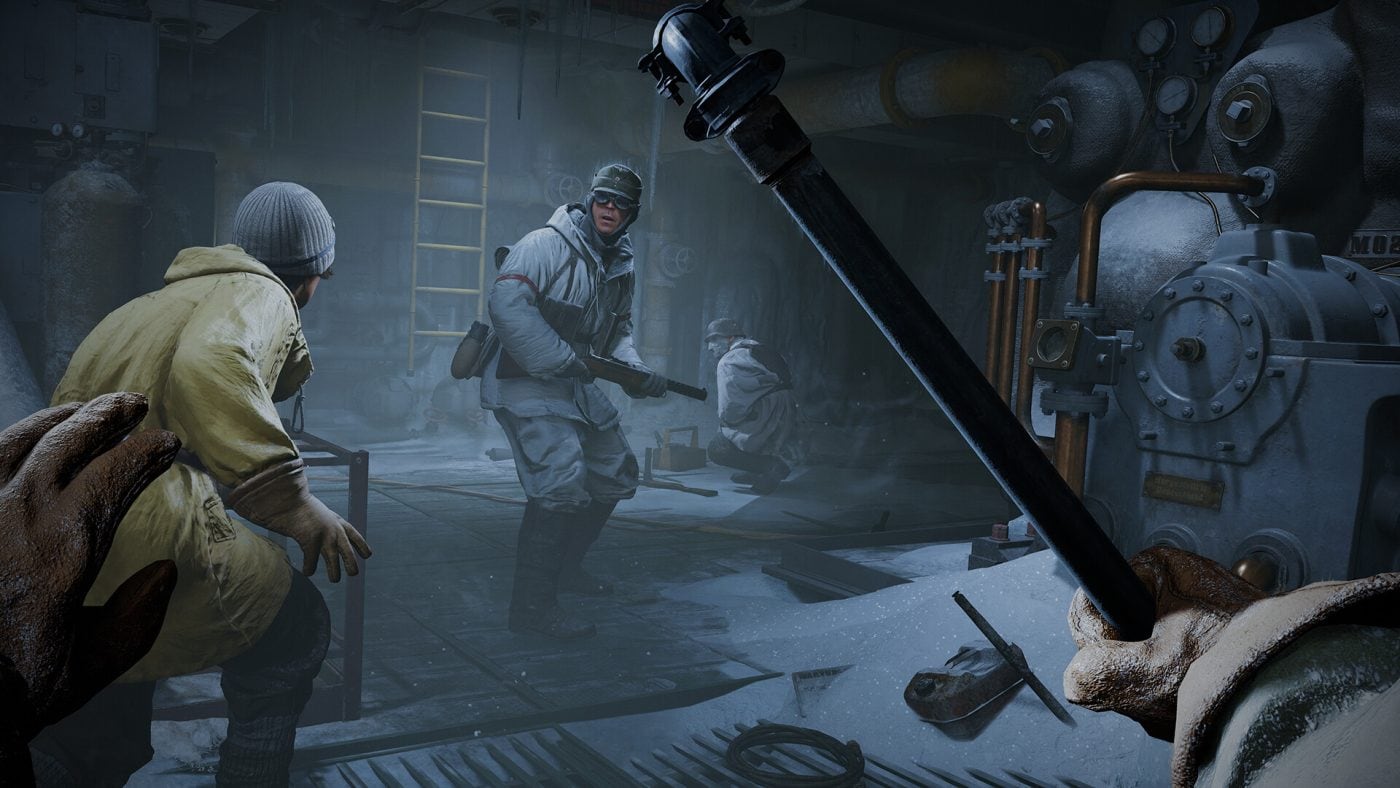
The Whip: A Lost Opportunity
As Blazkowicz would say, “there are many things you can do with a whip and a Nazi”—unfortunately, MachineGames hasn’t fully exploited the endless potential that Indy’s whip could have brought to the gameplay. In the films, Indy wields his whip in countless creative ways; here, however, it’s largely confined to disarming or stunning enemies and, most notably, navigating environmental obstacles during exploration and puzzle-solving, where it proves indispensable. A richer and more varied implementation would have opened up new and exciting gameplay possibilities—opportunities that MachineGames has demonstrated it can expertly handle before (Wolfenstein II is proof).
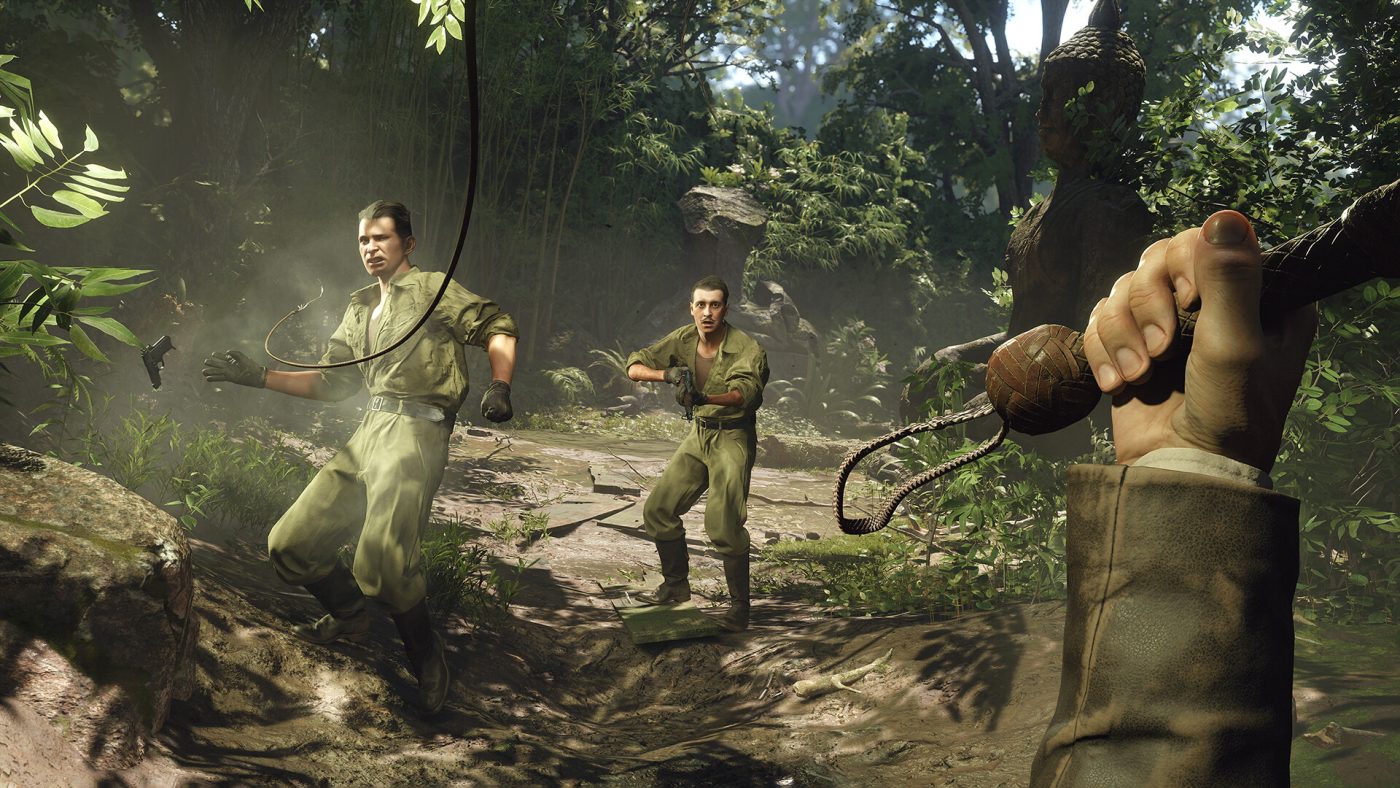
Final Verdict
The core weakness of Indiana Jones and the Great Circle is an unsteady balance: narrative, cinematic execution, and exploration excel, yet combat and stealth disappoint, leaving a sense of incompletion. Players willing to endure the opening hours will enjoy the journey, but it misses the mark on becoming the unforgettable title MachineGames was fully capable of delivering.
Indiana Jones and the Great Circle
PRO
- Engaging story
- High-quality direction
- Strong performances from Voss, Mussolini, and Indy
- Gorgeous settings in Egypt and the Vatican
- Excellent introductory sequence
- Great technical optimization on console
CON
- Firearms are practically useless
- Repetitive melee combat
- Basic stealth mechanics
- Unresponsive AI
- Underused whip







